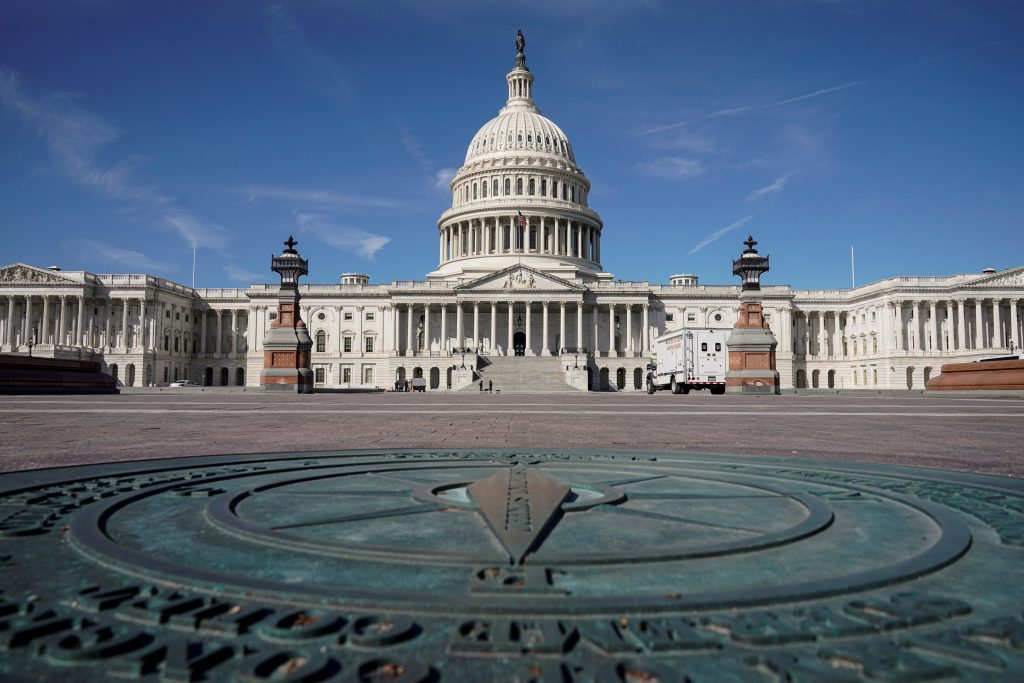Tough to Make a Case Against Police in Shootings

A Missouri grand jury’s decision not to indict a policeman for the killing of Michael Brown illustrates the difficulty of making a case against officers in fatal shootings and points to the likelihood of a similar outcome for a federal civil rights probe of the case.
The panel concluded that the Aug. 9 shooting of the unarmed black 18-year-old was legally justified and that no criminal charges were warranted against Officer Darren Wilson. That outcome is by far the norm rather than the exception in investigations of police shootings because of latitude afforded law enforcement in using deadly force.
The Justice Department is pursuing a separate investigation into potential civil rights violations. But federal investigations of police misconduct face an even tougher legal standard, requiring proof that an officer willfully violated a victim’s civil rights. Testimony from Wilson that he felt threatened, and physical evidence such as the discovery of Brown’s blood in Wilson’s patrol car, almost certainly complicates any efforts to seek federal charges.
Under federal law, “you have to prove as a prosecutor that the officer knew at the moment that he pulled the trigger that he was using too much force, that he was violating the Constitution,” said Seth Rosenthal, a former Justice Department civil rights prosecutor.
“Federal civil rights crimes are more difficult to prove than at least some of the crimes” considered by the grand jury, he said.
The panel rejected all five possible charges against Wilson, making the Ferguson case the latest in a line of police shooting investigations to affirm an officer’s right to use deadly force when he believes he risks imminent physical harm. The Supreme Court set the national legal standards that govern when deadly force may be used, holding in 1989 that the use of force must be evaluated through the “perspective of a reasonable officer on the scene” rather than judged in hindsight.
That reasonableness standard, or what an officer perceives at the time, is “the law of the land,” said Ron Hosko, a former assistant FBI director and president of the Law Enforcement Legal Defense Fund. Even though it’s usually easy for prosecutors to secure an indictment, police shootings are an exception because of reluctance to second-guess an officer’s split-second decision.
With that standard in mind, states and police departments have developed their own policies on use of force, and officers are trained in a continuum of appropriate responses depending on the threat. In the Ferguson shooting, Wilson told grand jurors, the threat was real.
The shooting followed a skirmish that began when Wilson told Brown and a friend to move from the street onto the sidewalk. Wilson told jurors that he backed his vehicle up in front of Brown and his friend, but that as he tried to open the door, Brown slammed it shut, according to testimony released after the decision.
The officer said he pushed Brown with the door and Brown hit him in the face. Wilson said Brown grabbed his service firearm, and that Wilson had felt the need to pull it because he was concerned another punch could “knock me out or worse.”
Those remarks were included in thousands of pages of grand jury testimony released by St. Louis County prosecutors Monday night. The Justice Department has access to the grand jury evidence.
But clearing an officer of criminal charges is not necessarily an affirmation that he did everything right. And it does nothing to address underlying problems within the department. The Justice Department is also investigating the policing methods of the entire Ferguson force for potentially discriminatory patterns.
This article appeared in print on page 12 of edition of Hamodia.
To Read The Full Story
Are you already a subscriber?
Click "Sign In" to log in!

Become a Web Subscriber
Click “Subscribe” below to begin the process of becoming a new subscriber.

Become a Print + Web Subscriber
Click “Subscribe” below to begin the process of becoming a new subscriber.

Renew Print + Web Subscription
Click “Renew Subscription” below to begin the process of renewing your subscription.





